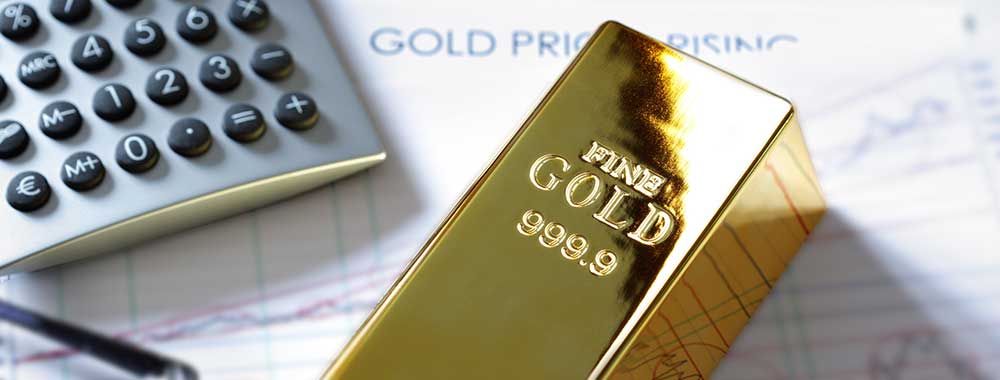Canada’s Colourful Coins
On television shows and movies, one can often tell if a production is from Canada when the characters spend money. American bills are all similar in colour – a greyish green, but Canada’s bills are rainbow toned! Another form of Canadian money can also be colourful – our coins.
Have you ever gotten a handful of change and realised that there is bright colour printed on one of your coins and wondered “How?” or “Why?” Canada’s colourful coins are a fascinating part of the nation’s numismatic (the study or collection of currency; not only the history and design, but also their cultural and economic significance) history. They reflect not just the artistry of Canadian coinage but also the evolution of minting techniques and the country’s cultural heritage.
History of Canada’s Colourful Coins
Prior to the introduction of coloured coins, Canadian coins were predominantly made from silver, nickel and other metals with traditional designs. The Royal Canadian Mint was established in 1908 and for many years, coins featured classical designs with minimal colour.
Over the decades, the concept of adding colour to coins started to take shape, but it was not until the end of the century that Canada became a pioneer in incorporating colour into its coinage.
1996
Canada’s “toonie”, the $2 coin, debuted as the country’s first bimetallic coin, featuring an innovative design that combined two distinct metals. The outer ring of nickel surrounds an aluminium-bronze core. This two-metal design not only gave the toonie its distinctive two-tone appearance but also improved security, making counterfeiting more challenging. The durable, innovative construction set a new standard for Canadian coins, with the toonie quickly becoming an iconic part of the nation’s currency.
1999
The Gold Bullion Maple Leaf – 20th Anniversary Coin features a striking holographic maple leaf design, making it a standout among collectible bullion coins. The hologram adds a captivating visual effect, changing appearance as it catches the light, and underscores the Royal Canadian Mint’s reputation for innovation in minting technology.
2004
In 2004, the Royal Canadian Mint made history with the release of the 25-cent poppy coin, which was the first circulation coin in the world to create colour. This unique coin, adorned with a vibrant red poppy at its centre, commemorated Canada’s veterans and became an instant collector’s item. The red poppy, a longstanding symbol of remembrance, was applied using a revolutionary colourization technique, which involved pad printing – a method that applies a durable colour overlay to metal surfaces. This coin not only honoured Canada’s armed forces, but also marked a technical milestone for the Mint, setting the stage for future colourized coins.
2012
The Royal Canadian Mint introduced another world-first, with its glow-in-the-dark dinosaur coin series. This innovative coin featured a dinosaur skeleton that glowed in the dark, brought to life through advanced photoluminescent technology. The coin’s dual imagery – showing the creature in daylight as well as its phosphorescent skeleton in the dark – uses specialized photoluminescent ink that absorbs light and glows when viewed in darkness. Subsequent coins in this popular glow in the dark series have sold out quickly, cementing its appeal with collectors.
Technological Innovations
NCLT (Non-Circulating Legal Tender)
Many of Canada’s colourful coins are classified as non-circulating legal tender. They are often produced in limited quantities and are sought after by collectors, rather than used in everyday transactions.
Colourization Technology
The Royal Canadian Mint employs advanced colourization techniques, such as pad printing and lacquer, to ensure the durability and vibrancy of the colours on their coins.
Significance and Impact
Cultural and Historical Significance
These coins often commemorate significant events, anniversaries or aspects of Canadian culture and heritage, making them valuable for both their artistic and historical relevance.
Collector Appeal
Colourful coins have become highly collectible due to their unique appearance and limited mintage. They appeal to a broad range of collectors, from those interested in art to those fascinated by technology and innovation.
Educational Value
They also serve educational purposes, helping raise awareness about Canadian history, culture and its natural beauty.
Recent Developments
2024
The Royal Canadian Mint’s Colourful Birds series includes a 2024 coin of the American Goldfinch, which stands out with its yellow and black plumage against purple asters, symbolizing Canada’s rich biodiversity. This series has been popular for its natural themes and is now in its fourth instalment, following coins featuring other colourful Canadian birds like the Northern Cardinal and the Blue Jay.
Additionally, the Celebrating Canada’s Diversity: Transcendence and Tranquillity coin is a new issue this year. This coin, designed with Iranian cultural symbols, combines intricate motifs and a simulated turquoise centrepiece to celebrate Canada’s multicultural heritage. It’s a striking addition to the Royal Canadian Mint’s collection, which often emphasises cultural diversity.
Continued Innovation
The Royal Canadian Mint continues to release new colourful coins with themes ranging from wildlife and sports to historical events. These coins use advanced technologies and materials to push the boundaries of traditional mining.
Canada’s colourful coins represent a significant evolution in numismatic design and technology. They celebrate Canadian heritage and culture while demonstrating the Royal Canadian Mint’s commitment to innovation and artistry in coin production. Since the first colourized circulation coin in 2004, the Royal Canadian Mint has released themed series, like glow-in-the-dark dinosaur coins and those featuring iconic Canadian wildlife. These appeal to collectors worldwide.
Sources: CoinWeek / Royal Canadian Mint
At Canada Gold, we’re passionate about the artistry and heritage of Canadian coins, including the iconic coloured coins that showcase the Royal Canadian Mint’s innovation and craftsmanship. Whether you’re curious about adding to your collection, exploring the significance of these vibrant designs or learning more about the investment value of numismatic pieces, our knowledgeable staff is there to guide you. Drop by your nearest Canada Gold location for a no-pressure chat to dive into Canada’s numismatic story or to explore buying and selling options that meet your interests!














